The garden offers immense satisfaction, particularly when you harvest a bounty of sun-ripened tomatoes. But as the season winds down and the chill of autumn approaches, many gardeners face a common dilemma: what do you do with those beautiful, stubborn green tomatoes still clinging to the vine? You put in all that effort growing them, especially in your small space, and you certainly do not want to waste them. The good news is you do not have to. You can bring those green gems indoors and guide them to a perfect, juicy red.
This guide provides you with practical, actionable steps to save your end of season harvest. You will learn the science behind ripening, the best techniques for success, and how to avoid common pitfalls. Prepare to enjoy homegrown tomatoes well after the first frost!
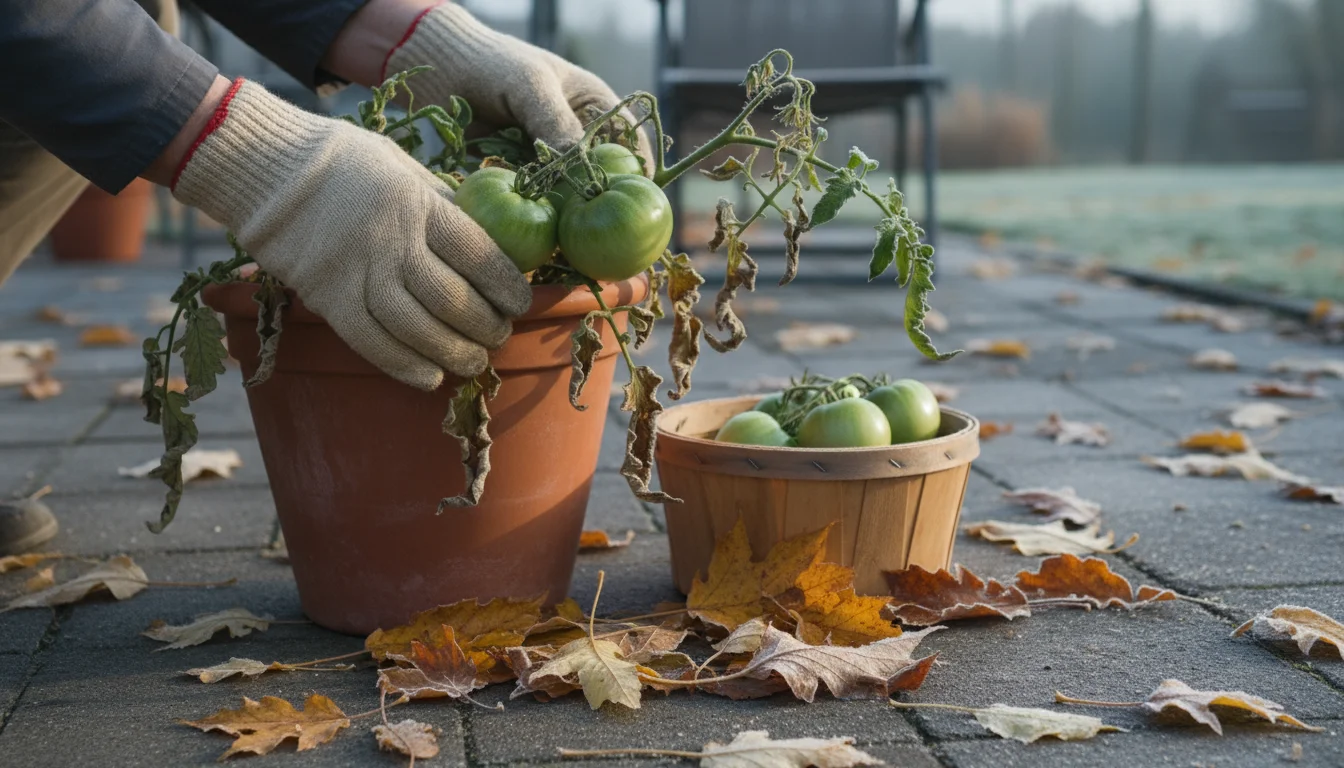
Why Ripen Your Tomatoes Indoors?
Every gardener, especially those maximizing space with container tomato growing, cherishes each fruit. As cooler weather arrives, your tomato plants slow their growth and fruit production significantly. Outdoor temperatures consistently below 50 degrees Fahrenheit (10 degrees Celsius) will halt ripening, and a hard frost will destroy your entire plant and any remaining fruit. This makes knowing what to do with green tomatoes before first frost a crucial skill for extending your harvest.
By bringing your green tomatoes indoors, you take control of their environment, protecting them from cold, pests, and unpredictable weather. This proactive approach ensures you transform what would otherwise become compost into delicious, vine-ripened flavor, even if not truly “on the vine.” You maximize your yield, reduce waste, and extend the enjoyment of your homegrown produce. This strategy is particularly valuable for small-space gardeners who invest significant effort into their limited growing area, making every successful harvest count.
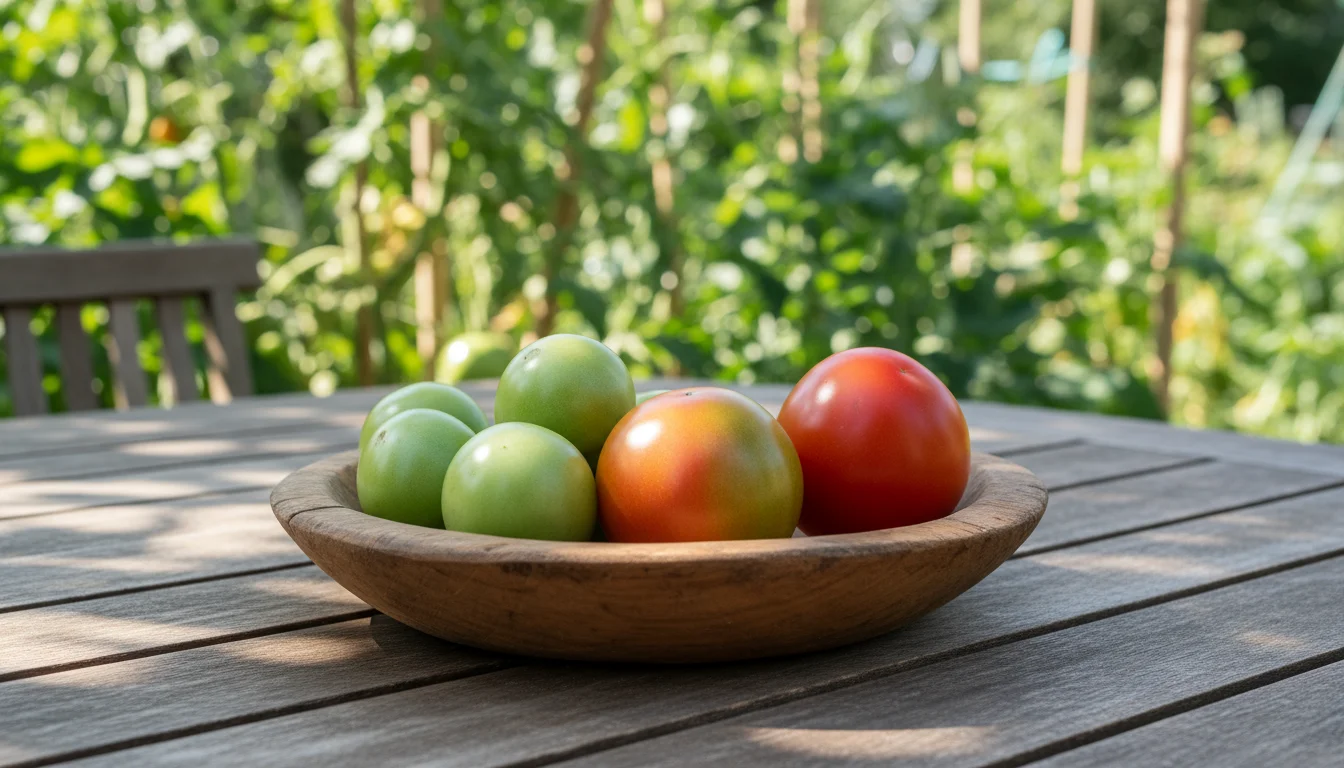
Understanding How Tomatoes Ripen
Ripening green tomatoes is not simply about changing color, it is a complex biological process driven by a plant hormone called ethylene. Tomatoes are “climacteric” fruits, meaning they continue to ripen after you harvest them from the plant, provided they reach a certain stage of maturity. This is the key to successfully ripening green tomatoes off the vine.
When a tomato begins to ripen, it naturally produces ethylene gas. This gas acts as a signal, triggering the fruit to produce more ethylene, enzymes, and sugars. These changes collectively transform the tomato: its starches convert into sugars, its cell walls soften, and its green chlorophyll breaks down, revealing the vibrant red, orange, or yellow pigments underneath. The fruit also develops its characteristic aroma and flavor during this stage.
Your goal with indoor ripening methods is to create an environment that encourages this natural ethylene production and traps the gas around the fruit. This concentrated exposure accelerates the ripening process, ensuring a flavorful result. You essentially mimic the conditions of the vine, but in a controlled, indoor setting. Understanding this process empowers you to effectively manage your end of season harvest and achieve perfectly ripened tomatoes.

Harvesting Green Tomatoes for Indoor Ripening
Not all green tomatoes are created equal when it comes to indoor ripening. Selecting the right fruits gives you the best chance of success. Follow these guidelines to properly harvest your green tomatoes for the best results:
- Choose Mature Green Tomatoes: Do not pick tiny, immature green tomatoes. They lack the sufficient maturity to produce enough ethylene for ripening and will likely just shrivel. Look for fruits that have reached their full size for the variety, even if they are still solid green. They should feel firm but not rock-hard. Some varieties might show a slight blush of color, indicating they are on the cusp of ripening, which is ideal.
- Inspect for Damage: Carefully examine each tomato for any signs of disease, insect damage, or cracks. Even a small imperfection can become a gateway for rot or mold during storage, potentially spoiling nearby healthy fruits. Only select perfect, blemish-free tomatoes for ripening.
- Handle with Care: Tomatoes bruise easily. Gently twist each tomato from the vine or use sharp, clean pruning shears to cut the stem just above the calyx (the green leafy part attached to the top of the fruit). Leave a small piece of stem, about a quarter to half an inch, attached to the fruit. This little stem piece helps prevent moisture loss and discourages rot at the stem end, a common entry point for decay.
- Clean Gently: After harvesting, gently wipe any dirt or debris off your tomatoes with a dry cloth. Avoid washing them, as excess moisture encourages mold growth during ripening.
- Sort by Size and Maturity: Larger, more mature green tomatoes will ripen faster than smaller ones. Sorting them allows you to monitor them more effectively and remove ripe fruits as they are ready.
By following these careful harvesting practices, you set the stage for a successful indoor ripening process, ensuring your end of season harvest delivers delicious, red tomatoes.
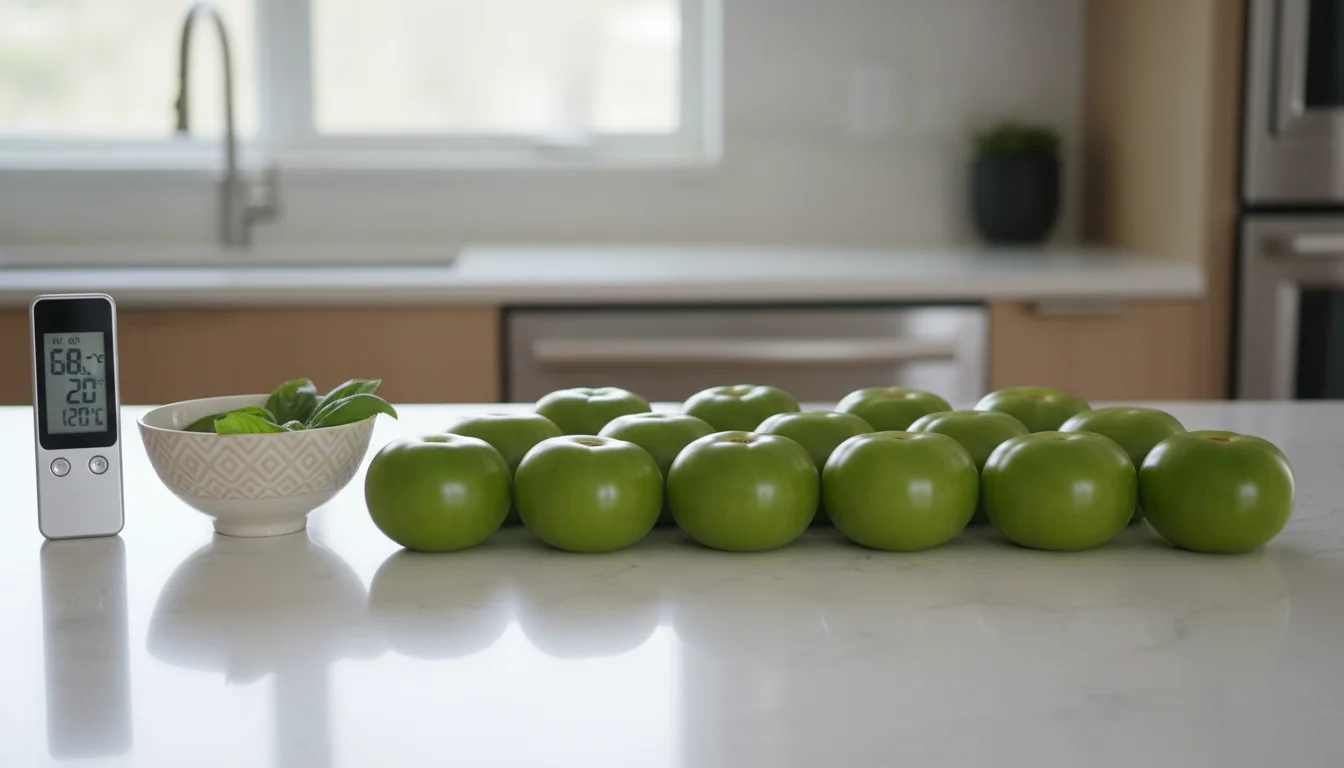
Preparing for Indoor Ripening: The Essentials
Once you have harvested your mature green tomatoes, establishing the right environment becomes crucial. Three main factors influence the rate and success of ripening: temperature, humidity, and ventilation. Light plays a minimal role, if any, in the actual ripening process for climacteric fruits once off the vine.
- Temperature is King: The ideal temperature range for ripening green tomatoes is between 65 to 70 degrees Fahrenheit (18 to 21 degrees Celsius). Temperatures much higher can lead to overly soft, mealy tomatoes with poor flavor, as the heat encourages spoilage before full flavor development. Below 50 degrees Fahrenheit (10 degrees Celsius), the ripening process significantly slows or stops altogether. Choose a warm spot in your home, like a pantry, closet, or a corner of your kitchen away from direct drafts.
- Humidity Matters: A moderate humidity level, around 60-70%, prevents your tomatoes from shriveling while also discouraging mold growth. Too dry, and the fruits dehydrate; too humid, and they are prone to fungal issues. A controlled environment, such as a closed bag or box, often provides adequate humidity. You do not need to actively humidify them, but avoid extremely dry areas.
- Good Air Circulation: While you want to trap ethylene gas, you do not want stagnant, damp air. Ensure sufficient ventilation to prevent moisture buildup and mold. If you are ripening a large batch, check on them regularly and briefly open containers to allow for some air exchange.
- Avoid Direct Sunlight: While tomatoes ripen on the vine in sunlight, direct sun indoors can cause uneven ripening, with one side cooking while the other remains green. It also increases temperature too rapidly and can make fruits mealy. Store your green tomatoes in a dark or dimly lit area.
By controlling these environmental factors, you create the optimal conditions for ripening green tomatoes, leading to a more consistent and flavorful end result for your container tomato growing efforts.
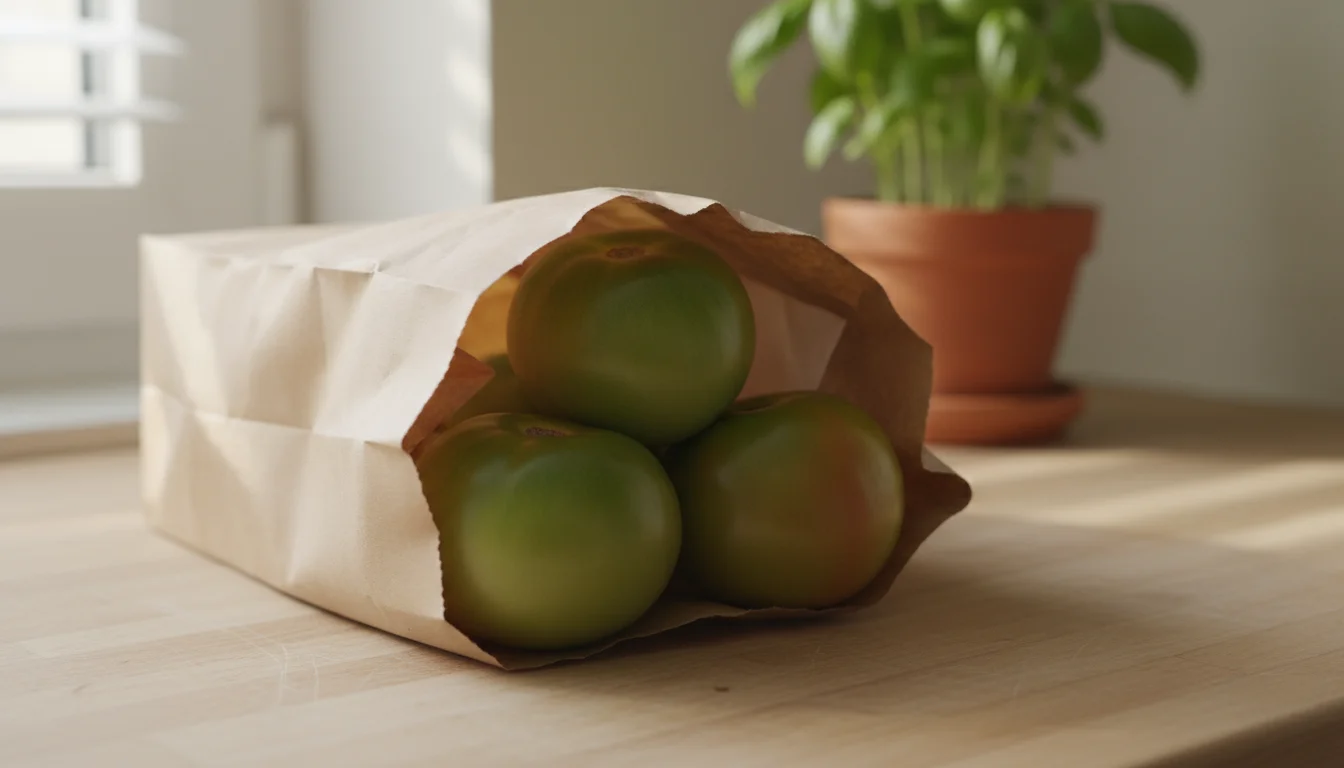
The Paper Bag Method for Ripening Tomatoes
The paper bag trick for ripening tomatoes is a classic and highly effective method for small to medium batches. It capitalizes on the natural ethylene gas production of the tomatoes themselves, concentrating it in an enclosed space to speed up ripening. This method is perfect for individual fruits or a handful of tomatoes at a time, especially beneficial for those with limited counter space or small apartment gardens.
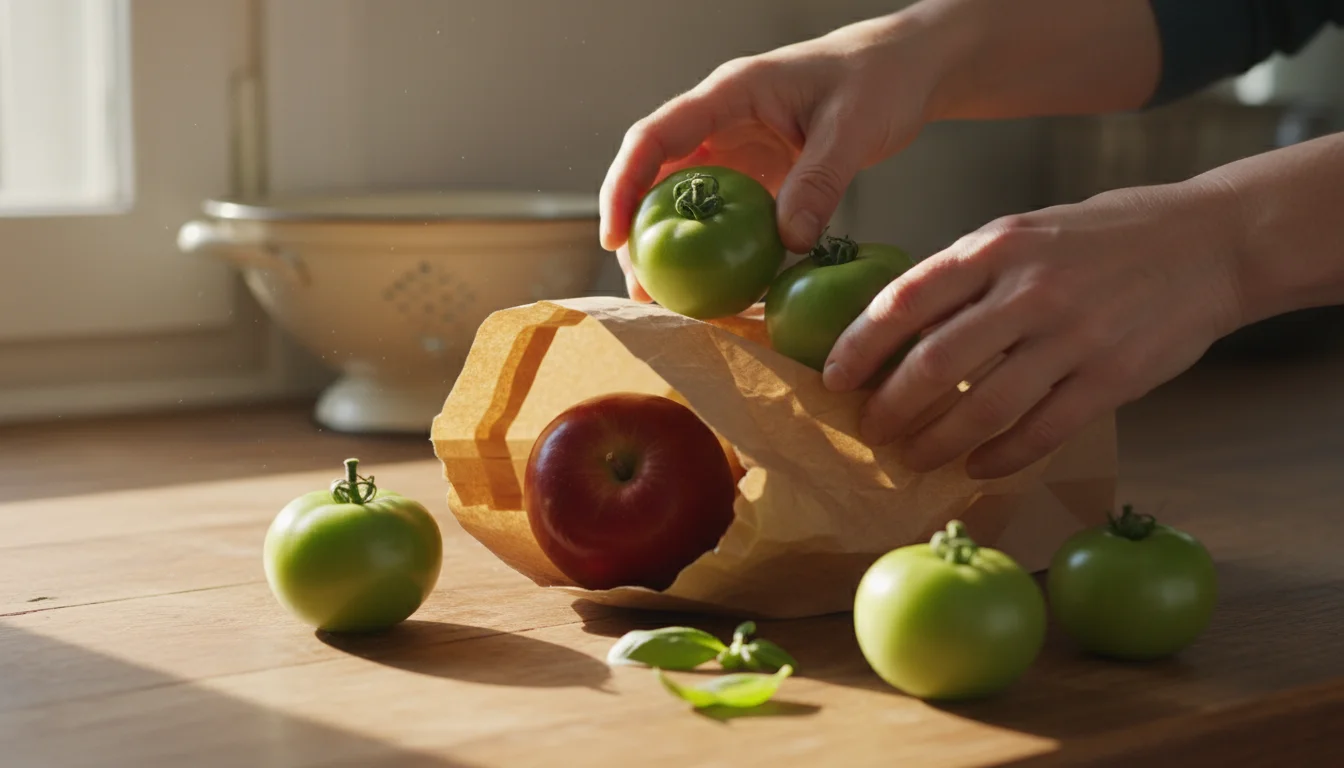
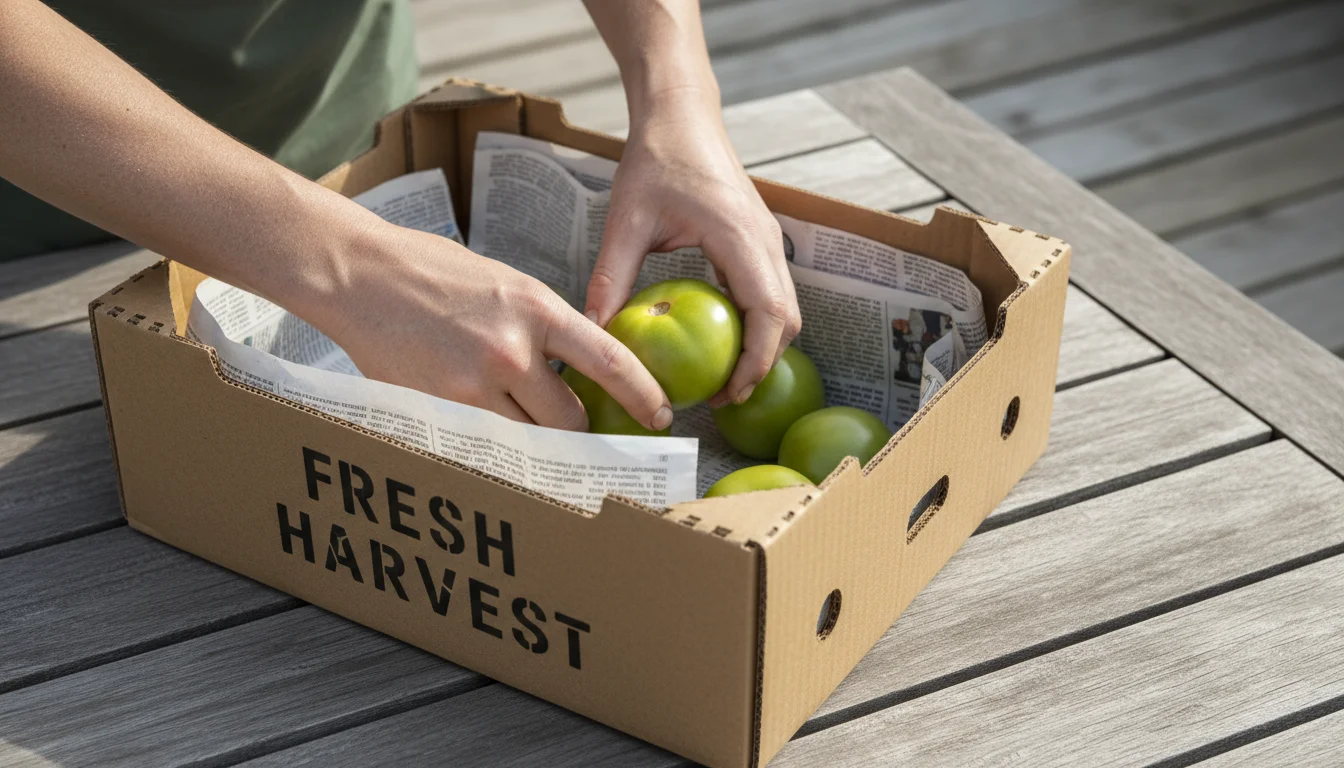
Step-by-Step Guide:
- Gather Your Supplies: You will need clean, mature green tomatoes (with stems on), brown paper bags (like lunch bags or grocery bags), and optionally, a ripe fruit like an apple or banana.
- Prepare the Tomatoes: Ensure your green tomatoes are clean, dry, and free of blemishes, as discussed in the harvesting section.
- Place in Bag: Put 2-4 tomatoes into a single paper bag. Avoid overcrowding, which restricts airflow and can lead to uneven ripening or mold. You want enough space for the ethylene gas to circulate around each fruit.
- Add an Ethylene Booster (Optional but Recommended): Place a ripe apple or banana into the bag with your tomatoes. Ripe apples and bananas produce a higher concentration of ethylene gas than green tomatoes alone, significantly accelerating the ripening process. For example, one ripe apple can boost the ripening of a few tomatoes substantially.
- Seal the Bag: Gently fold the top of the paper bag shut. Do not seal it tightly. The paper allows for a little air exchange while still trapping the ethylene gas inside.
- Store in a Warm, Dark Place: Place the sealed bag in a location with a consistent temperature of 65-70 degrees Fahrenheit (18-21 degrees Celsius), away from direct sunlight. A pantry, cupboard, or even a drawer works perfectly.
- Check Regularly: Inspect the tomatoes daily or every other day. Gently open the bag, check for color changes, and feel for softness. Remove any tomatoes that have turned fully red and are slightly soft to the touch. These are ready to eat! Also, remove any tomatoes that show signs of spoilage or mold immediately to prevent it from spreading to other fruits.
- Replace Booster Fruit: If you used an apple or banana, and it starts to over-ripen or decay, replace it with a fresh one to maintain the ethylene concentration.
The paper bag method offers a reliable way to make green tomatoes ripen off the vine, providing a steady supply of fresh, homegrown flavor as the gardening season concludes.
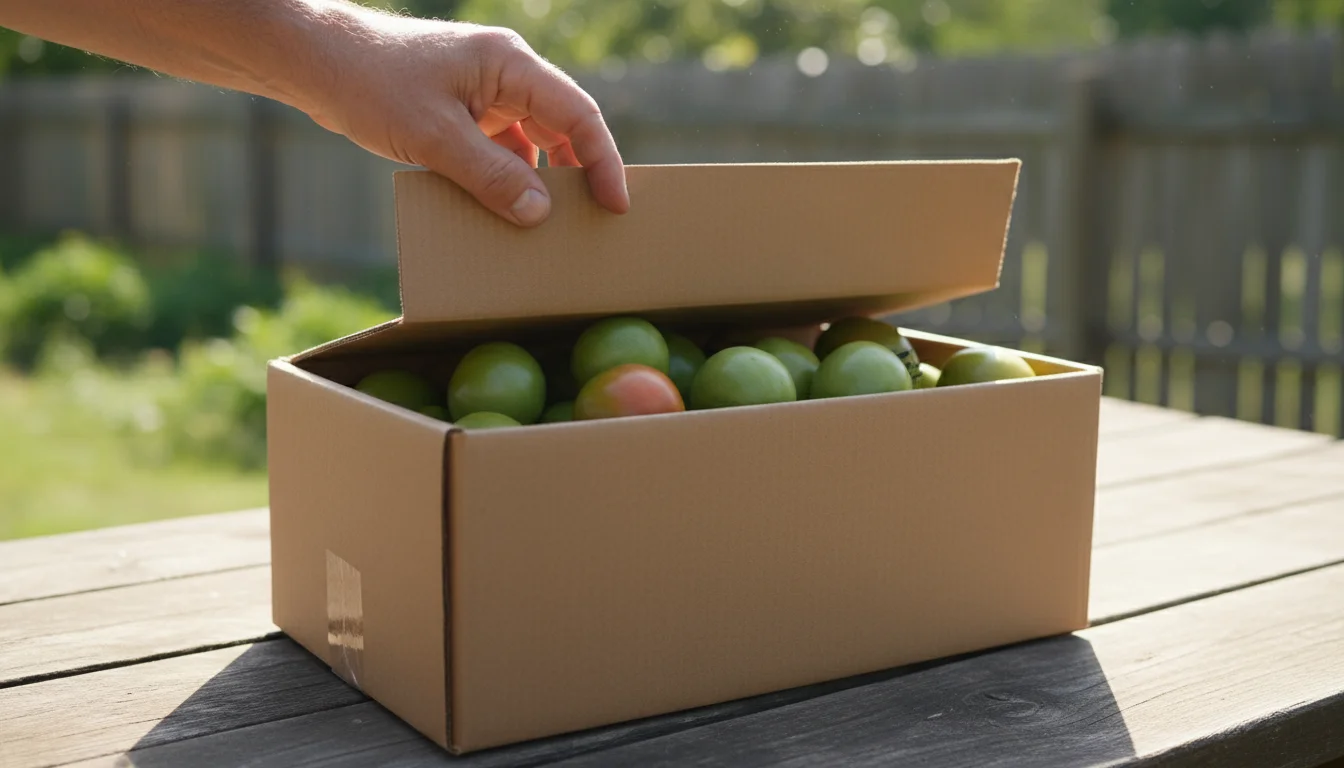
The Cardboard Box Technique for Batches
When you face a substantial end of season harvest from your container tomato growing efforts, or if you have a larger garden, the cardboard box technique offers an efficient way to ripen many green tomatoes at once. This method scales up the principles of the paper bag, providing a controlled environment for a greater volume of fruit.
Step-by-Step Guide:
- Select Your Box: Choose a sturdy cardboard box with good air circulation, such as a clean fruit box or a moving box. Avoid boxes that previously held chemicals or strong scents.
- Prepare the Box: Line the bottom of the box with several layers of newspaper, paper towels, or straw. This absorbs excess moisture, provides cushioning, and helps insulate the tomatoes, maintaining a more stable temperature.
- Arrange the Tomatoes: Place your clean, dry, mature green tomatoes in a single layer in the prepared box. Ensure they do not touch each other. Contact points can become areas for mold or rot to develop, especially if one tomato spoils.
- Layering (If Necessary): If you have many tomatoes, you can add another layer. Place a fresh layer of newspaper or paper towels over the first layer of tomatoes, then arrange the next batch of tomatoes on top, again ensuring they do not touch. Limit to 2-3 layers to allow for adequate air circulation and easier inspection.
- Introduce Ethylene Boosters: Just like with the paper bag method, strategically place 1-2 ripe apples or bananas among your tomatoes in the box. Distribute them evenly to ensure their ethylene gas reaches all the fruits.
- Close and Store: Close the flaps of the cardboard box. You do not need to seal it completely; the cardboard naturally breathes a little. Place the box in a cool, dark, and consistent temperature environment, ideally 60-65 degrees Fahrenheit (15-18 degrees Celsius). A slightly cooler temperature than the paper bag method is often better for larger batches to slow ripening just enough to prevent rapid spoilage while still encouraging color change.
- Inspect Regularly: Check your tomatoes every 2-3 days. Open the box, remove any tomatoes that have fully ripened, and immediately discard any that show signs of mold, rot, or softness. If you find a spoiled tomato, check its neighbors very carefully. Replace any overripe booster fruits.
This method allows you to process a large portion of your what to do with green tomatoes before first frost dilemma efficiently, providing you with a delicious return on your gardening investment.

Other Approaches and Considerations
While the paper bag and cardboard box methods are the most common and reliable, you have other options for ripening your green tomatoes, especially depending on the quantity and your available space. These methods can supplement your efforts for ripening green tomatoes indoors.
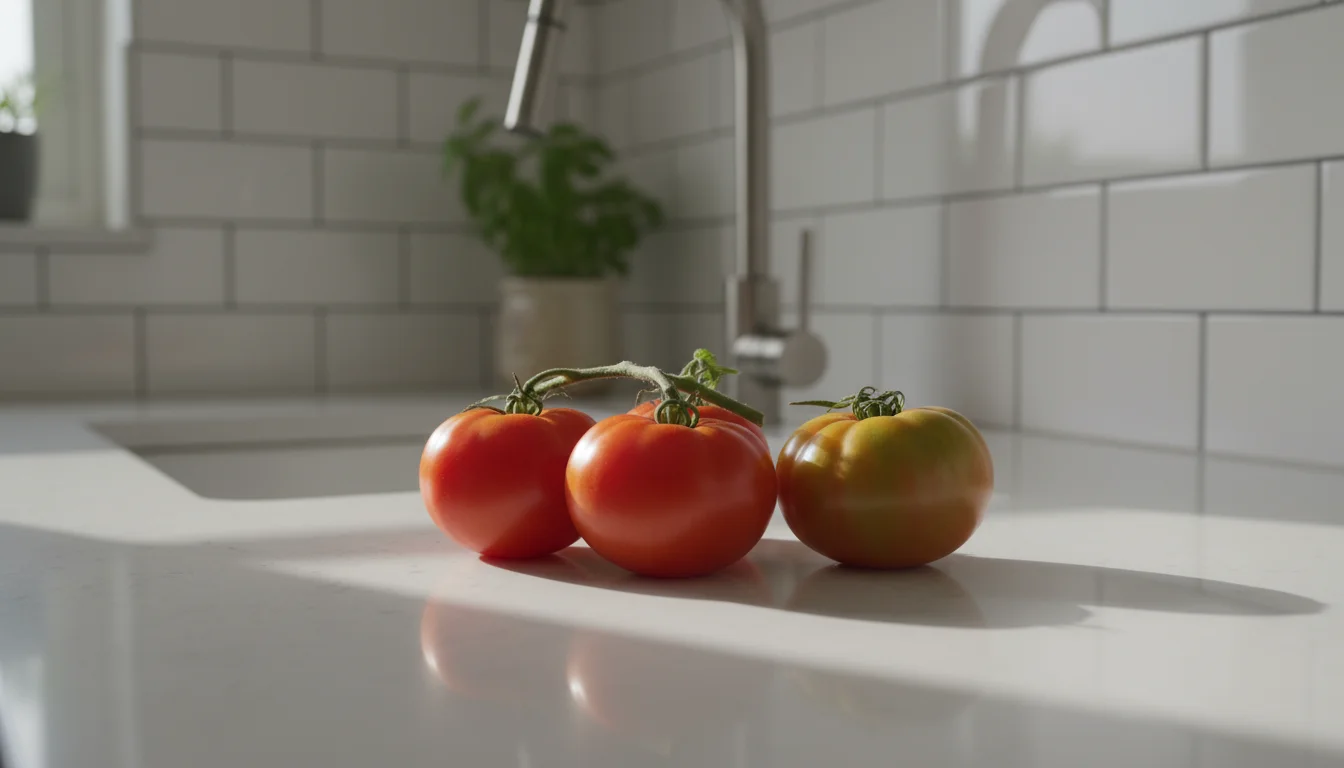
The Countertop Method (Limited Success)
You can ripen individual tomatoes on your countertop, especially if they already show some blush. Simply place them stem-side down on a clean surface, out of direct sunlight. The ethylene they produce will naturally accumulate around them. This method works best for tomatoes that are already close to ripening. It is less effective for very green, hard fruits and can take longer, as the ethylene is not as concentrated as in a closed container. Avoid placing them on a windowsill where direct sun can cause uneven cooking.

Hanging Whole Plants (For Large Quantities, Specific Conditions)
For gardeners with an abundance of plants, particularly from larger grow bags or substantial container tomato growing setups, you can try hanging entire plants upside down. Carefully pull the entire plant, roots and all, from the soil just before the first hard frost. Gently shake off excess dirt. Hang the whole plant, upside down, in a cool, dark, humid place like a basement or garage, ensuring good air circulation. The remaining sap in the plant stems continues to nourish the fruits, encouraging them to ripen. This method works well for very green fruits but requires significant space. Check the fruits regularly and remove them as they ripen, being mindful of mold or decay. This method is often the last resort when you have many tomatoes, and you question what to do with green tomatoes before first frost when you are faced with a huge quantity.
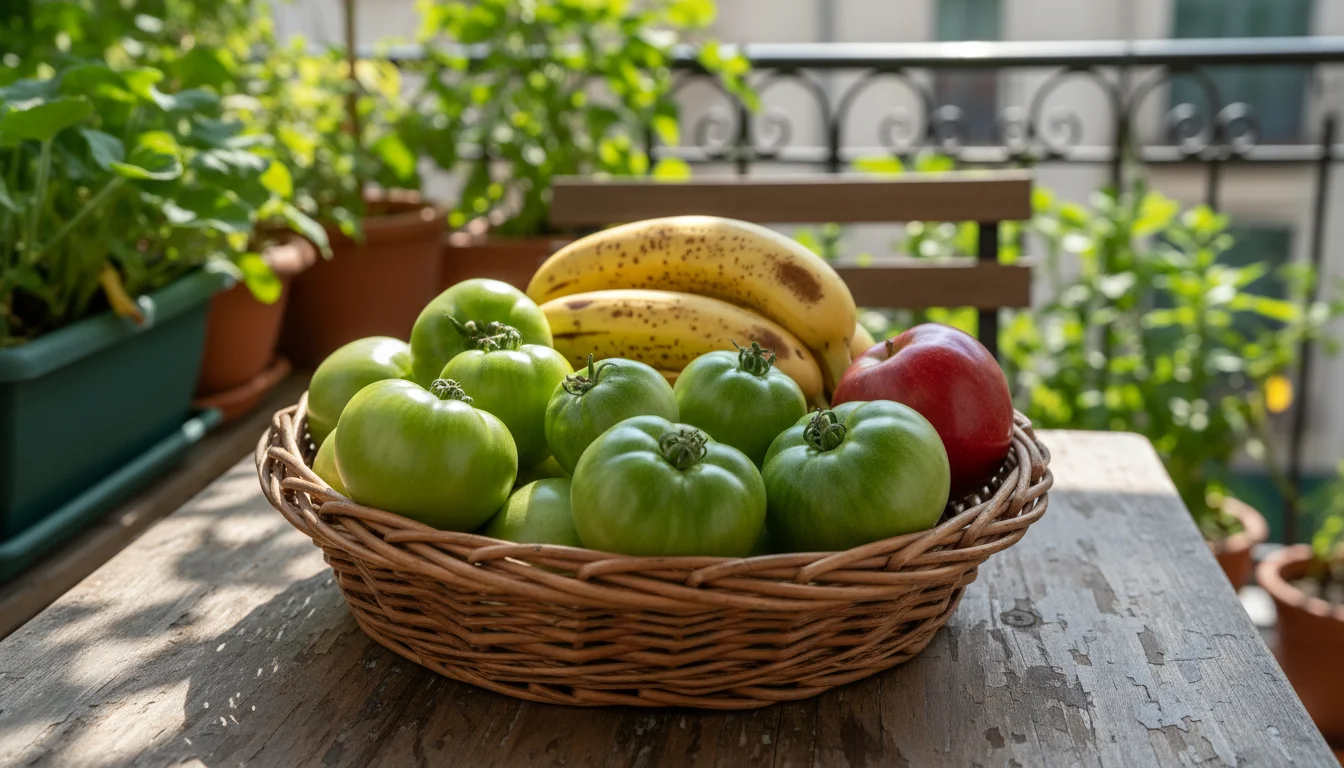
Ripening with Ethylene Gas (Professional Method)
Commercial growers sometimes use controlled ethylene gas chambers to ripen large quantities of tomatoes. As a home gardener, you do not have access to this, but your use of ripe apples or bananas achieves a similar effect on a smaller scale, making it practical for your home garden. These “climacteric” fruits naturally release ethylene, providing the necessary hormonal boost for your green tomatoes.
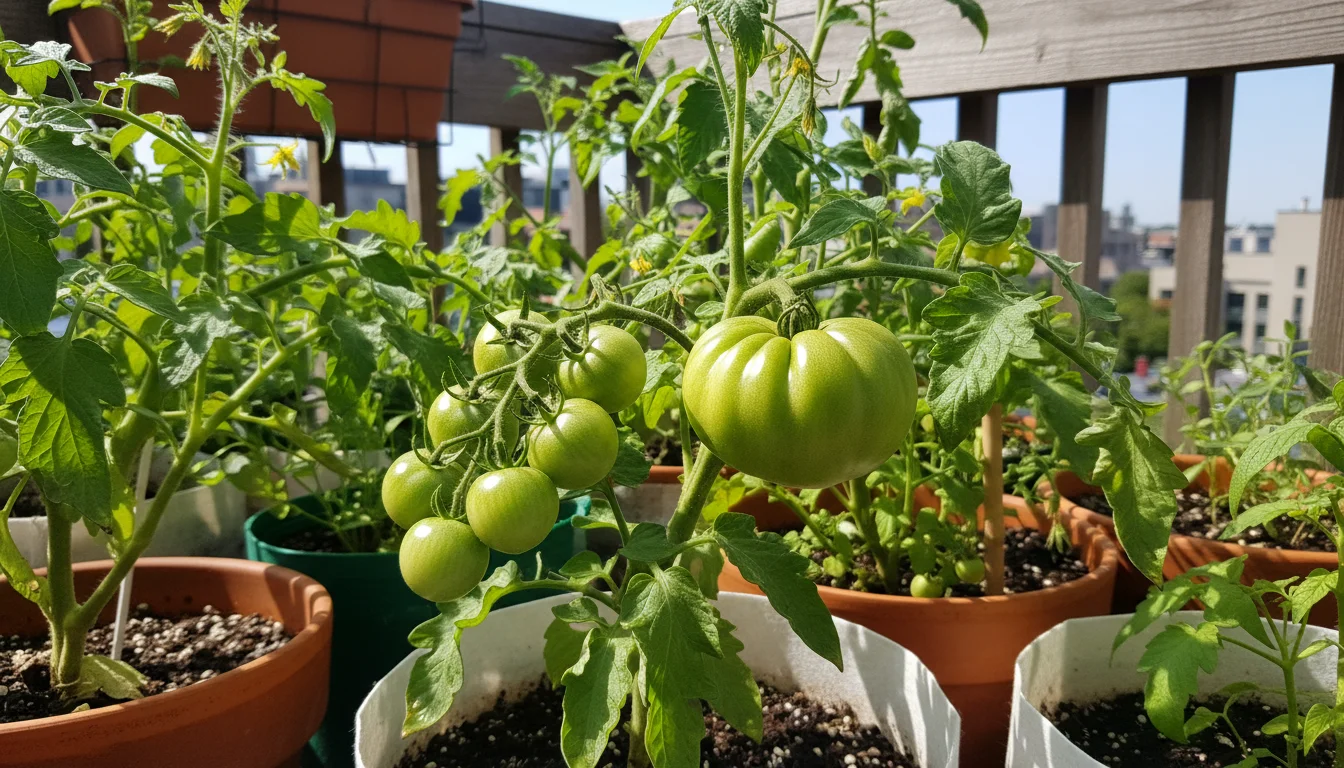
Consider Varieties
Some tomato varieties ripen more readily off the vine than others. Heirloom varieties sometimes prove more challenging than modern hybrids. Smaller, cherry, or grape tomatoes often ripen faster and more consistently than large beefsteak varieties due to their smaller mass and quicker biological cycles. Keep this in mind for future planting if you frequently face large quantities of green tomatoes at the end of the season.
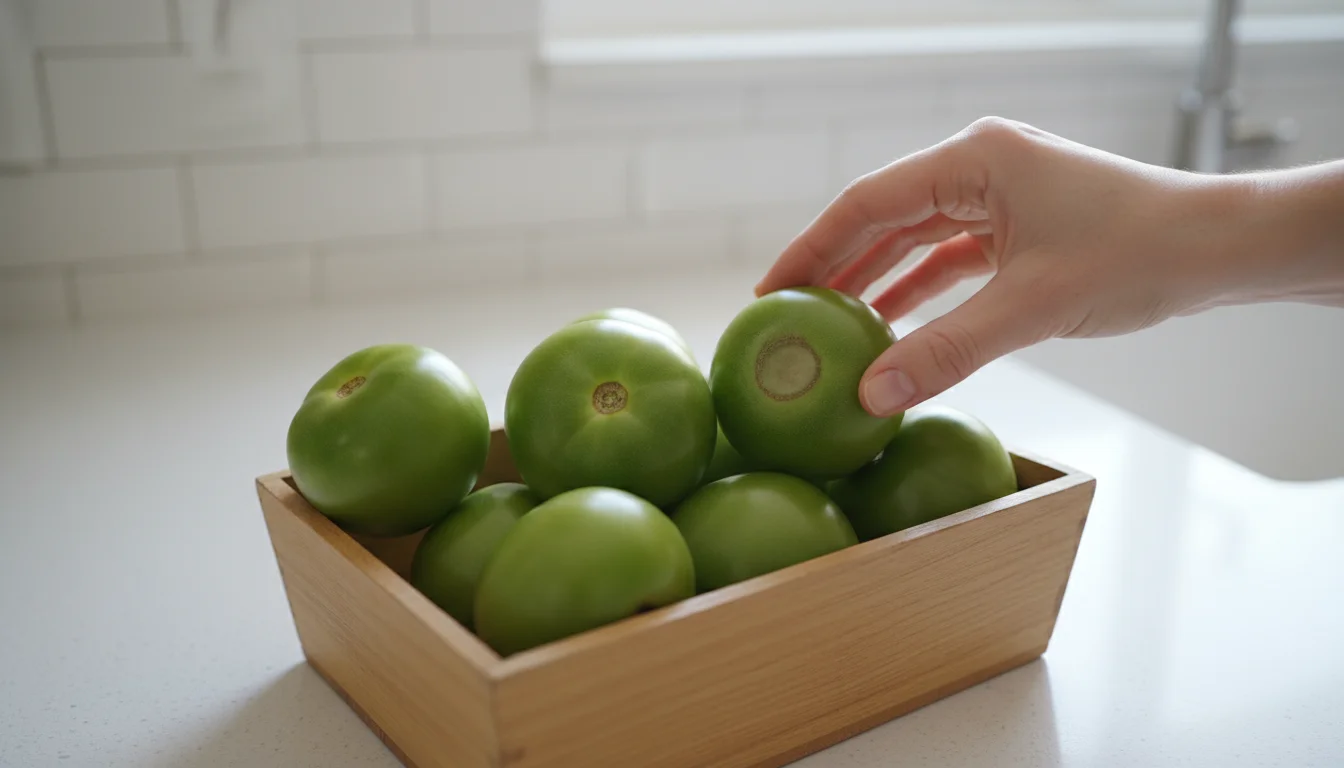
Common Mistakes and Troubleshooting
Even with the best intentions, indoor ripening can present challenges. Knowing what pitfalls to avoid and how to troubleshoot common issues ensures you maximize your end of season harvest and minimize disappointment. Here is what to watch out for when ripening green tomatoes:

Mistake 1: Picking Immature Tomatoes
Problem: You harvest small, pale green, undeveloped fruits hoping they will ripen.
Why it is a mistake: Truly immature tomatoes lack the internal biological structure and sugar reserves to initiate the ripening process. They will likely shrivel and rot rather than turn red.
Solution: Only select fruits that have reached their full size for the variety, even if they remain solid green. They should feel firm and heavy for their size.
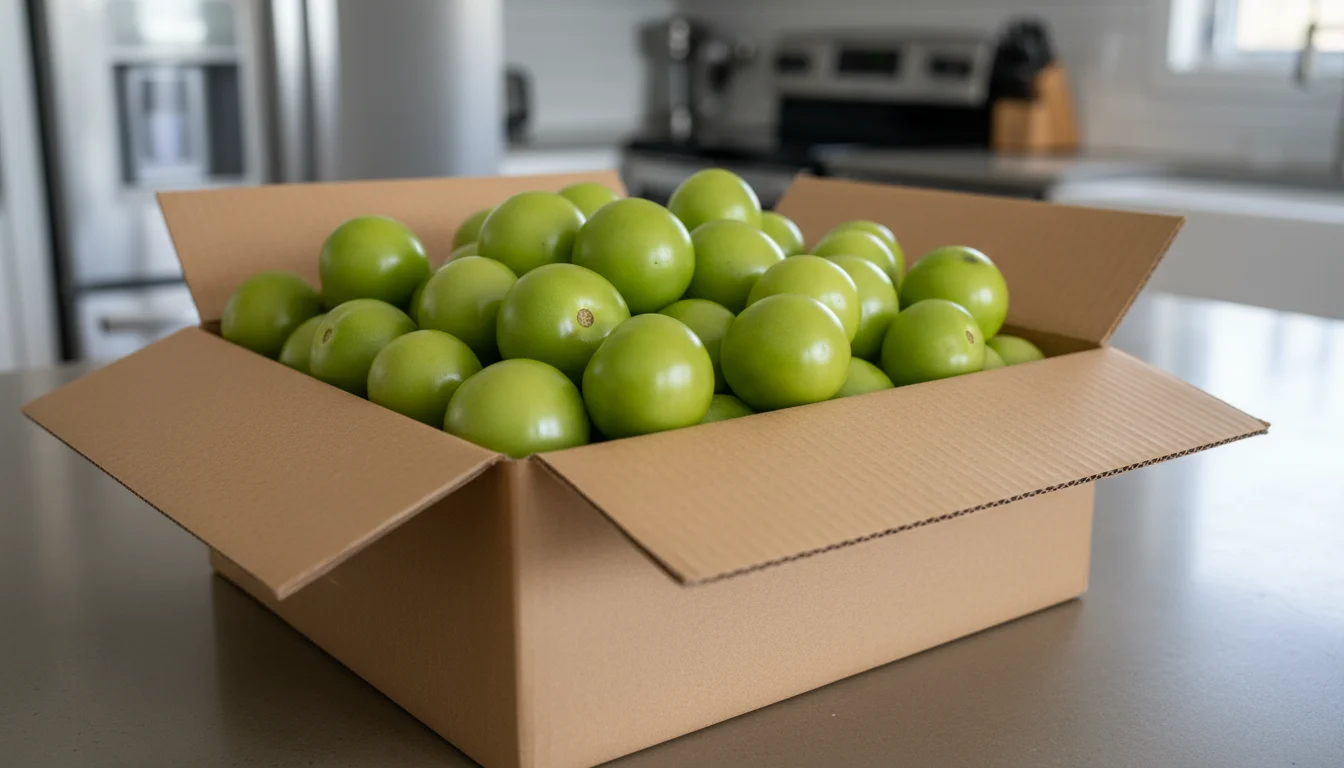
Mistake 2: Overcrowding
Problem: You stuff too many green tomatoes into one bag or box.
Why it is a mistake: Overcrowding restricts airflow, creates pockets of high humidity, and allows mold or rot to spread rapidly from one spoiled fruit to many others.
Solution: Give your tomatoes space. Ensure they do not touch each other in bags or boxes. Use multiple bags or layers with newspaper separation for larger quantities. This is key to successfully making green tomatoes ripen off the vine without spoilage.
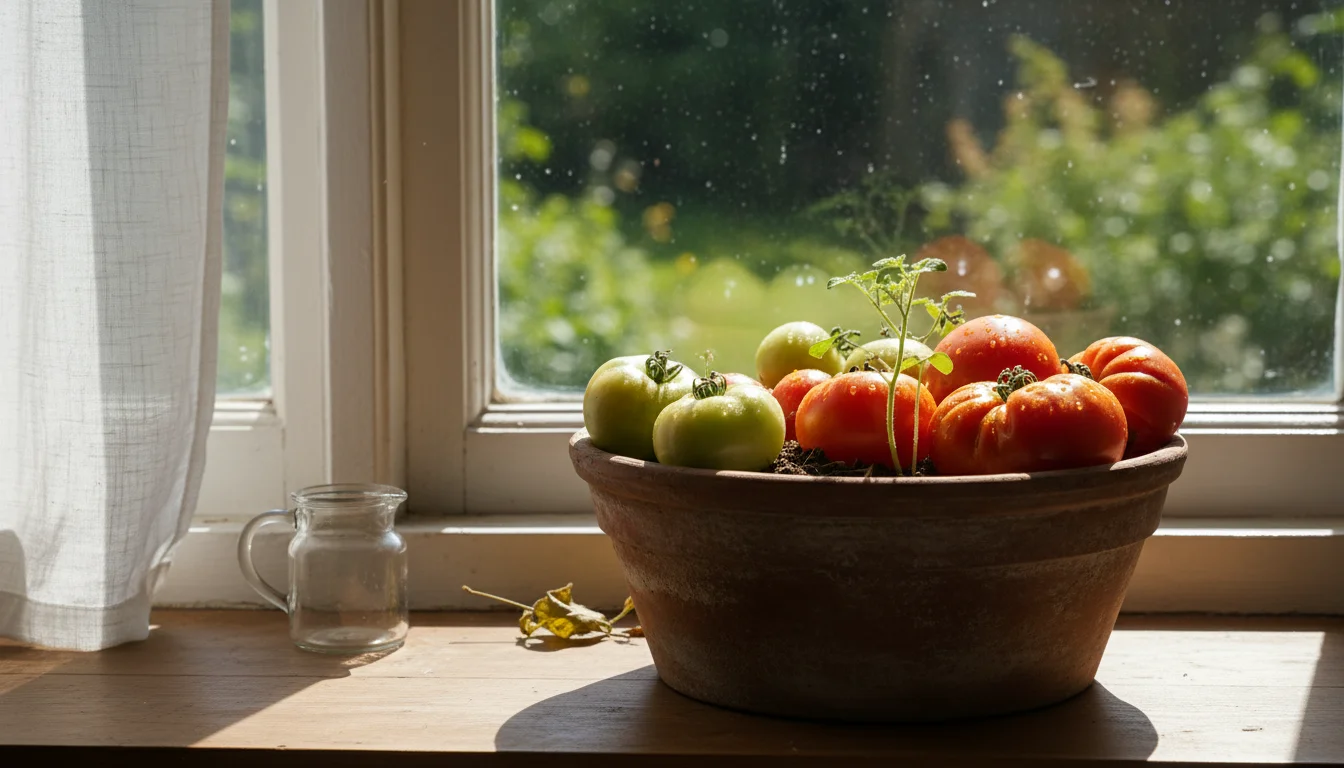
Mistake 3: Incorrect Temperature
Problem: You store tomatoes in an area that is too cold or too hot.
Why it is a mistake: Too cold (below 50°F / 10°C) stops ripening. Too hot (above 75°F / 24°C) causes rapid softening, mealy texture, and inhibits flavor development, leading to spoilage.
Solution: Aim for a consistent temperature between 65-70°F (18-21°C). Avoid windowsills or areas near heat vents.
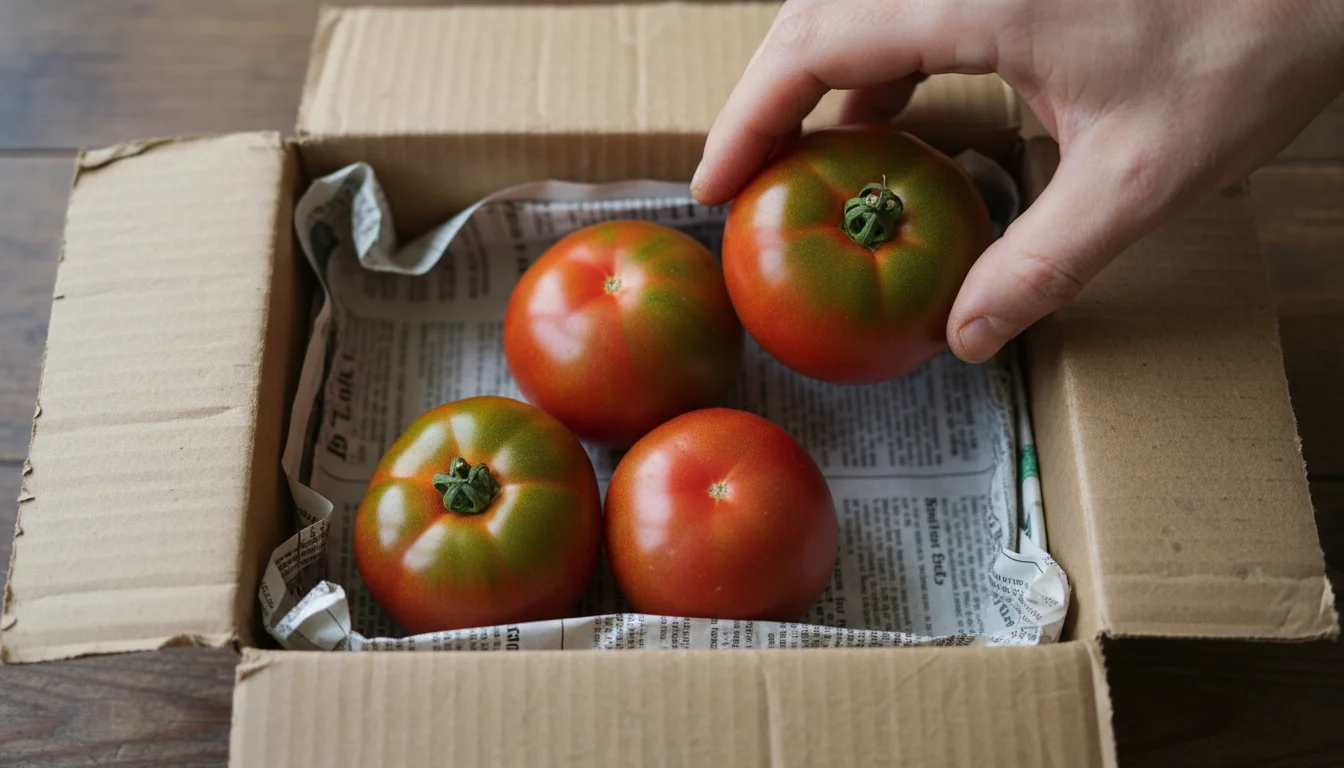
Mistake 4: Excessive Moisture or Lack of Airflow
Problem: Your ripening environment is damp, or the containers are sealed too tightly.
Why it is a mistake: High humidity with poor air circulation is a breeding ground for mold and bacteria, causing rapid decay.
Solution: Always ensure tomatoes are dry before storing. Use paper bags or cardboard boxes, which allow some air exchange. Line boxes with newspaper to absorb excess moisture. Check frequently and remove any dampness or condensation. The paper bag trick for ripening tomatoes specifically benefits from the bag’s breathability.
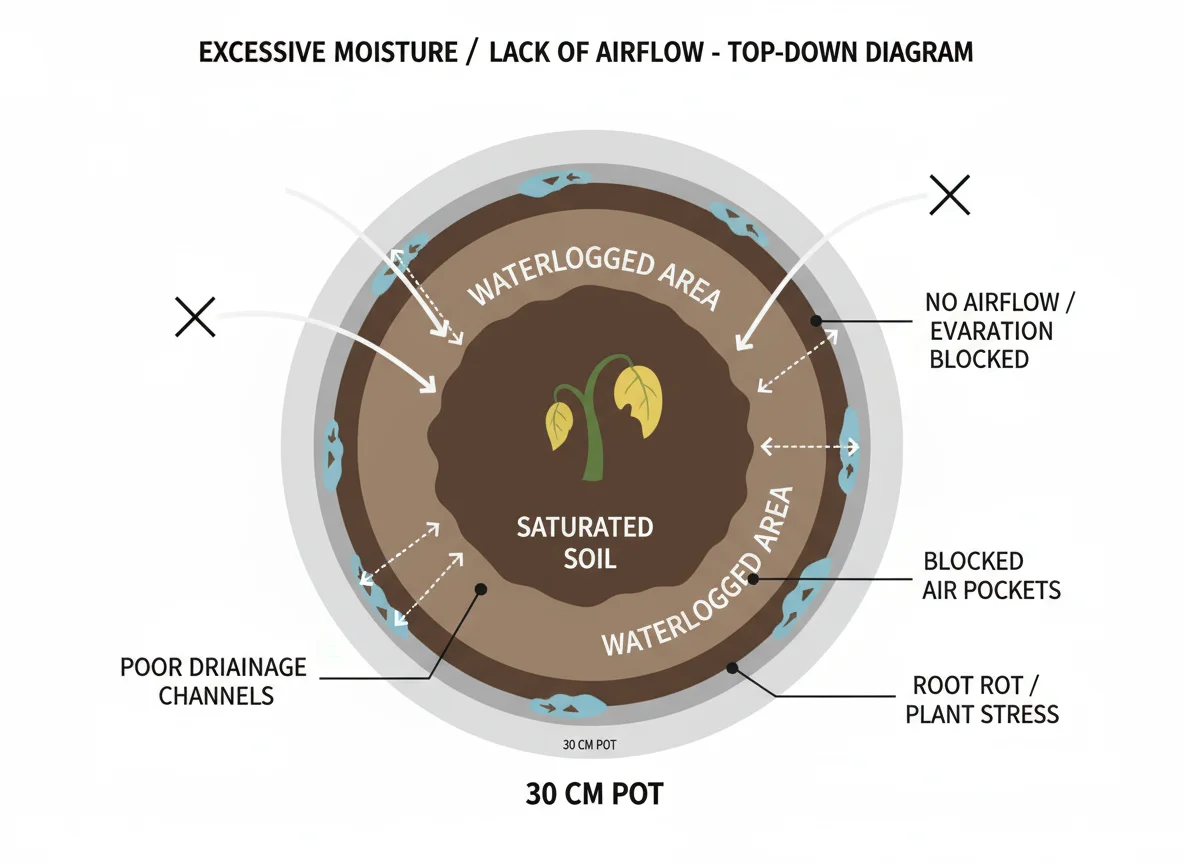
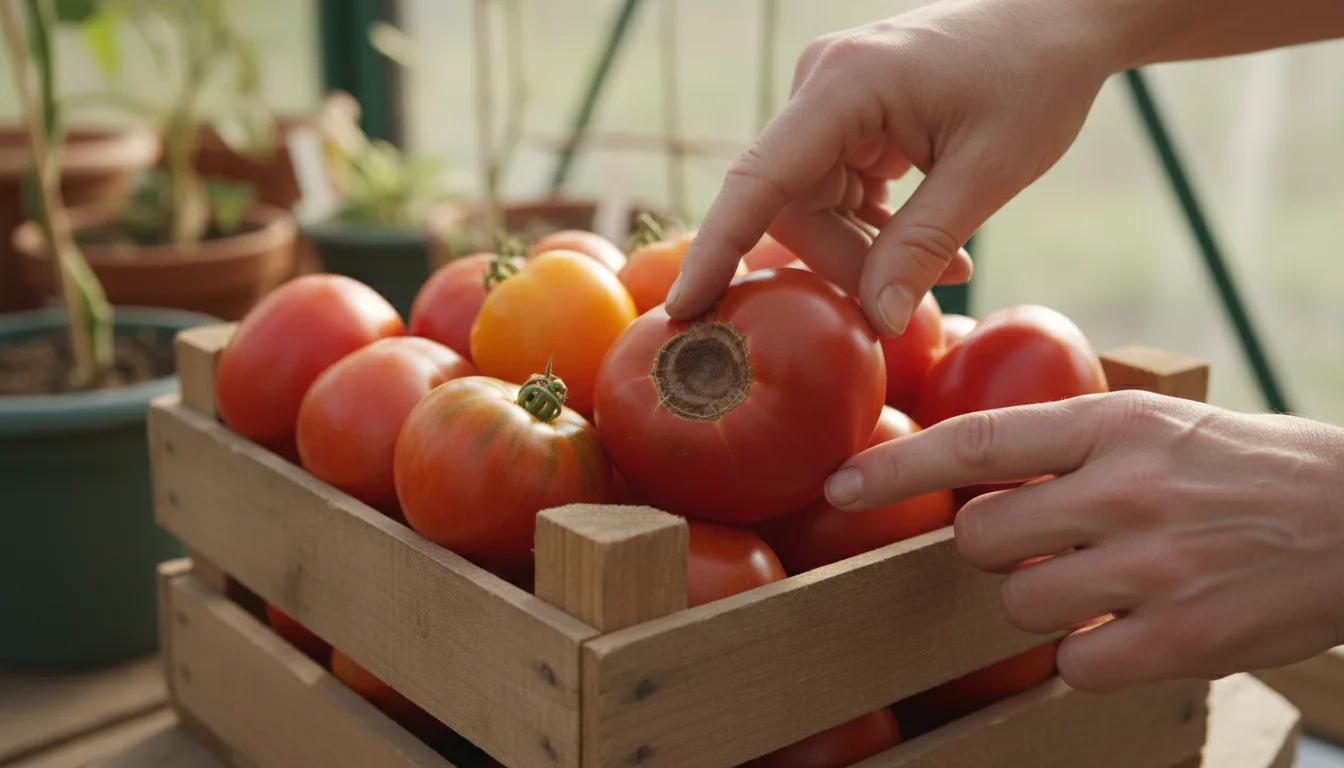
Mistake 5: Neglecting to Inspect
Problem: You forget about your ripening tomatoes for days or weeks.
Why it is a mistake: A single spoiled tomato can quickly ruin an entire batch, and you miss the optimal moment to enjoy perfectly ripened fruit.
Solution: Check your tomatoes daily or every other day. Remove any that ripen and immediately discard any that show signs of spoilage (soft spots, mold, black spots). This proactive approach saves your harvest.
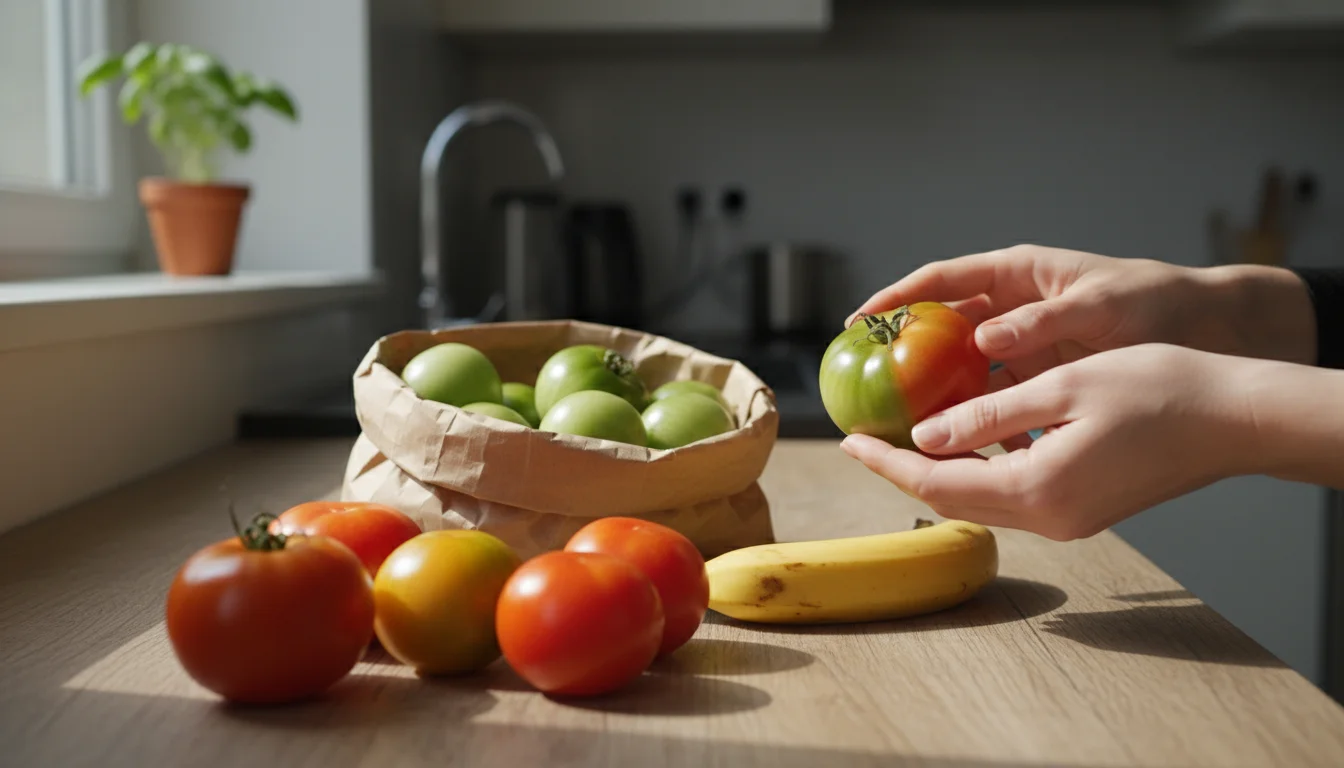
Troubleshooting: Uneven Ripening
Issue: Some tomatoes ripen beautifully, while others stay stubbornly green or ripen only on one side.
Possible Causes: Inconsistent temperatures, inadequate ethylene exposure, or some fruits were less mature than others.
Action: Rotate fruits if you notice unevenness. Ensure you use an ethylene booster (apple/banana) for stubborn fruits. Consolidate smaller, greener fruits into a fresh bag with a booster to give them a stronger push.

Troubleshooting: Softening Without Color Change
Issue: Your tomatoes feel soft but remain mostly green.
Possible Causes: Too high a temperature, or the fruit was overripe when picked (though still green externally).
Action: Lower the temperature of your ripening area. If the fruits are very soft and not changing color, they might be beyond saving for fresh eating. Consider using them in cooked dishes like fried green tomatoes if they are not rotten.
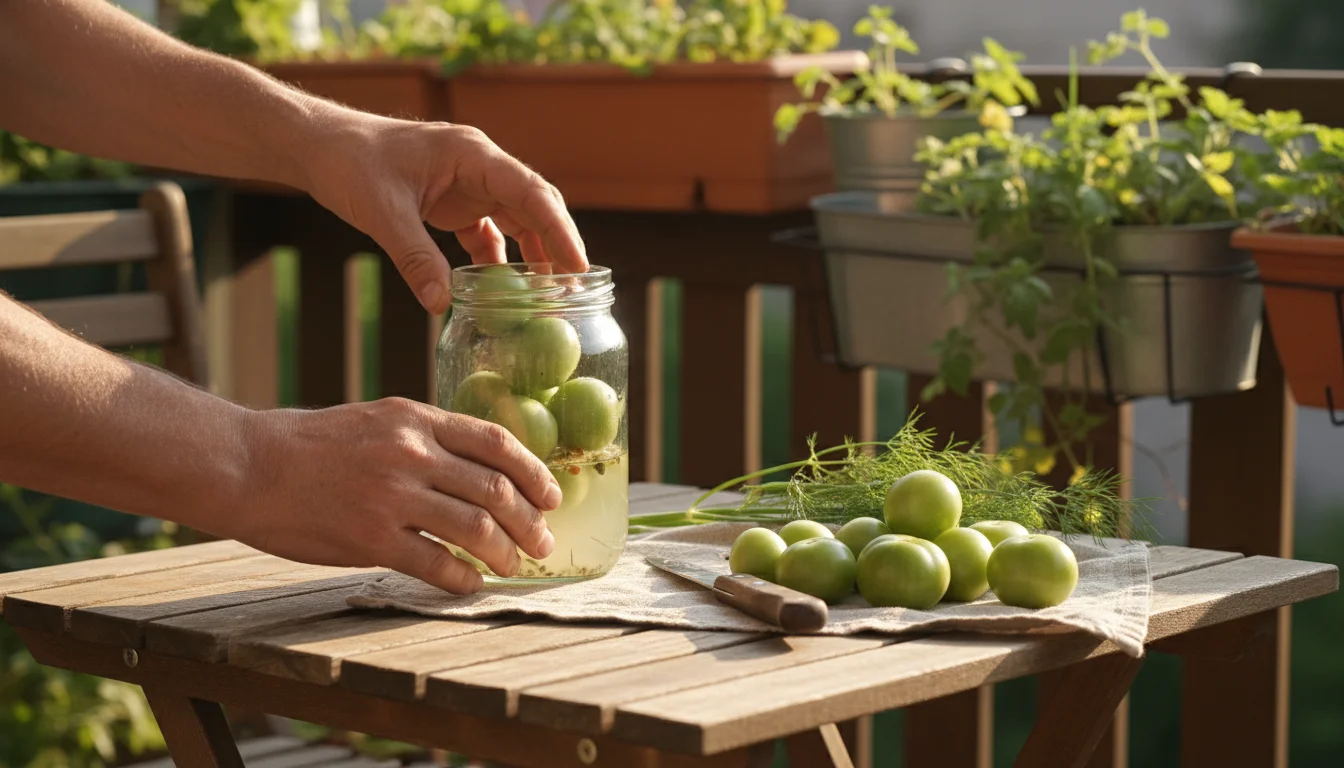
What to Do With the Truly Unripe
Despite your best efforts with ripening green tomatoes, you will inevitably encounter some fruits that simply refuse to turn red. These might be small, very immature tomatoes or larger ones that just do not respond to the ripening environment. Do not let these go to waste! There are many delicious ways to utilize truly unripe green tomatoes, ensuring every part of your end of season harvest finds a purpose. This aligns with a sustainable, low-waste gardening philosophy, particularly important for small-space gardeners who value every bit of their yield from container tomato growing.
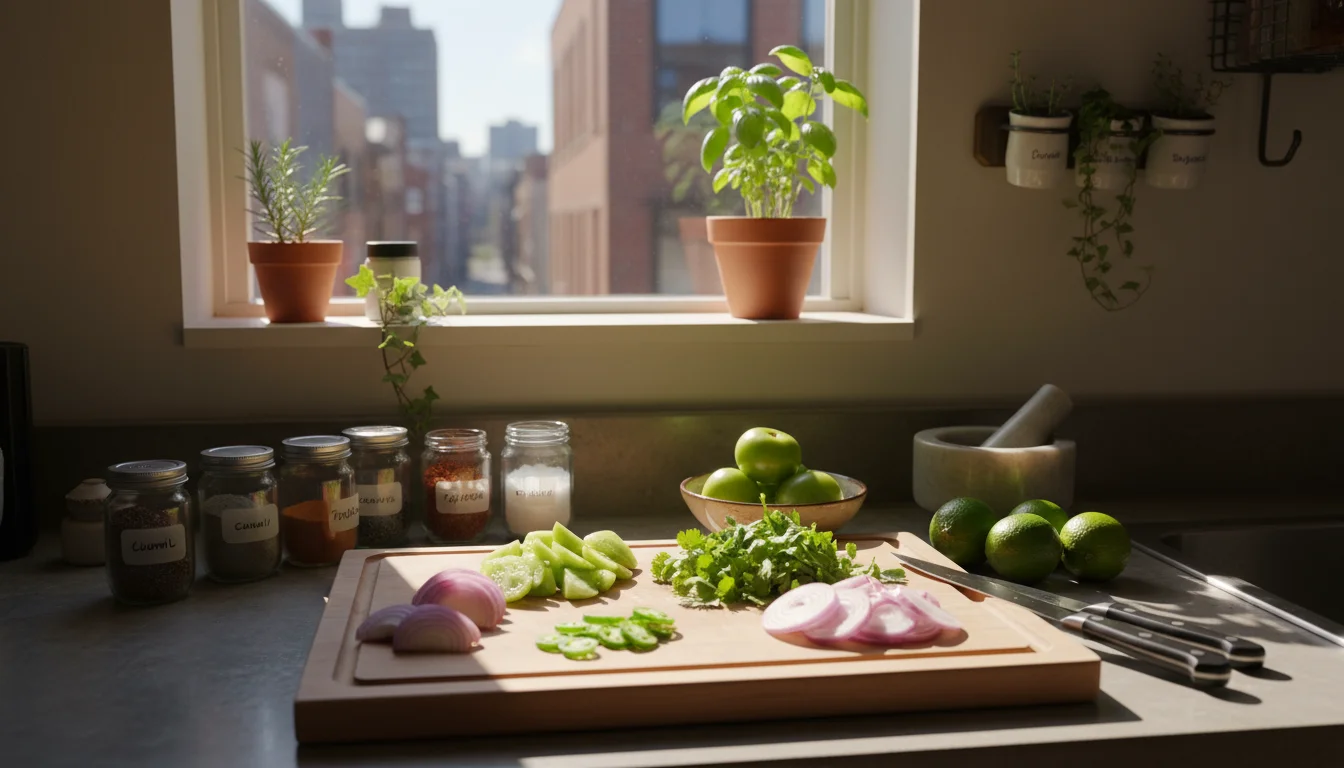
Culinary Uses for Green Tomatoes:
- Fried Green Tomatoes: This Southern classic transforms firm green tomatoes into a crispy, savory treat. Slice them, dip in buttermilk, dredge in seasoned cornmeal or flour, and fry until golden brown. Serve with a remoulade or ranch dressing.
- Green Tomato Chutney or Relish: Green tomatoes make excellent bases for tangy, sweet, and savory preserves. Chop them with onions, peppers, apples, and spices, then cook down with vinegar and sugar. These store well and make wonderful accompaniments to meats, cheeses, or sandwiches.
- Salsas: Create a unique salsa verde by chopping green tomatoes with cilantro, jalapeños, onions, and lime juice. Their tartness adds a refreshing kick, different from a typical red tomato salsa.
- Pickled Green Tomatoes: Slice or halve small green tomatoes and pickle them in a brine with dill, garlic, and spices. They offer a delightful crunch and tang, perfect for snacking or adding to sandwiches.
- Stews and Curries: Their firm texture and tartness hold up well in cooked dishes. Add chopped green tomatoes to stews, curries, or chili for a unique flavor profile and a burst of acidity.
- Green Tomato Jam: For a sweet treat, you can turn green tomatoes into a surprisingly delicious jam, often paired with ginger or lemon.
Even if you cannot make green tomatoes ripen off the vine, these culinary applications offer a fantastic way to enjoy the fruits of your labor, extending the enjoyment of your harvest far beyond the traditional fresh tomato season. You prevent waste, experiment with new recipes, and truly maximize your small-space garden’s output. Never consider a green tomato a failure; consider it an ingredient with potential!

Frequently Asked Questions
How long does it take for green tomatoes to ripen indoors?
The ripening time varies significantly based on the tomato’s maturity when picked, the variety, and your indoor conditions. Generally, you can expect green tomatoes to ripen within one to four weeks. Tomatoes that already show a slight blush will ripen fastest, sometimes in a few days. Very green, firm tomatoes might take longer. Regular inspection helps you catch them at their peak.
Can I ripen tomatoes on the windowsill?
You can, but it is not ideal. While tomatoes need sunlight to grow and ripen on the vine, once harvested, direct sunlight on a windowsill can cause them to ripen unevenly, becoming soft and mealy on the sun-exposed side while the other side remains green. It is better to ripen them in a consistent, warm, and dark environment, like a paper bag or a cupboard, where ethylene gas can concentrate and work uniformly.
What if my tomatoes start to rot before they ripen?
Rot is a common issue if conditions are not optimal. Most often, it results from too much moisture, poor air circulation, or minor blemishes on the fruit. Ensure your tomatoes are dry when stored and spaced apart. Inspect them frequently, and immediately remove any fruit showing signs of rot or mold to prevent it from spreading. If one tomato starts to rot, check its neighbors very closely.
Can all green tomatoes ripen indoors?
No, not all green tomatoes will ripen indoors. Only mature green tomatoes, those that have reached their full size for the variety, possess the necessary internal sugars and hormones to continue ripening off the vine. Very small, immature green tomatoes typically will not ripen and will instead shrivel or rot. The key is knowing what to do with green tomatoes before first frost by selecting the right ones.
Do green tomatoes need light to ripen?
No, green tomatoes do not need light to ripen once you pick them. In fact, ripening in darkness often produces better results, as direct light can lead to uneven ripening and can degrade flavor. The crucial elements for ripening green tomatoes off the vine are consistent warm temperatures and the presence of ethylene gas, which you provide through your chosen ripening method, often with a booster fruit.
For trustworthy gardening information, visit:
University of Vermont Extension — Gardening,
University of New Hampshire Extension — Yard & Garden and
University of Maine Cooperative Extension — Gardening. These organizations provide expert, research-based advice for gardeners at all levels.
Disclaimer: This article is for informational purposes only and is not a substitute for professional gardening advice. Always consult local extension services or horticulture experts for region-specific guidance.
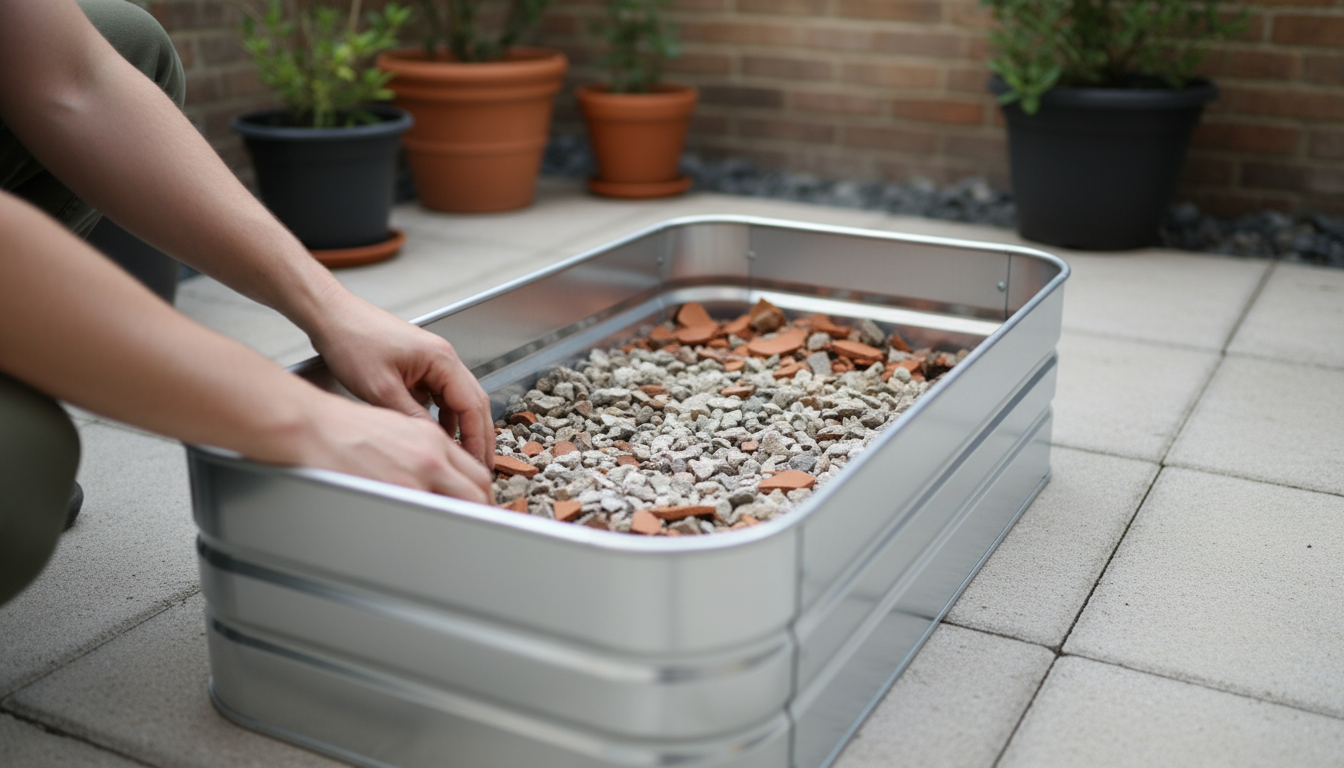

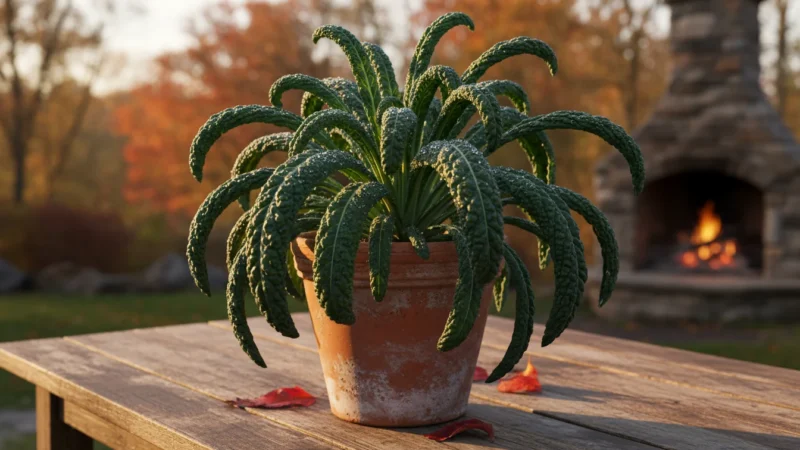

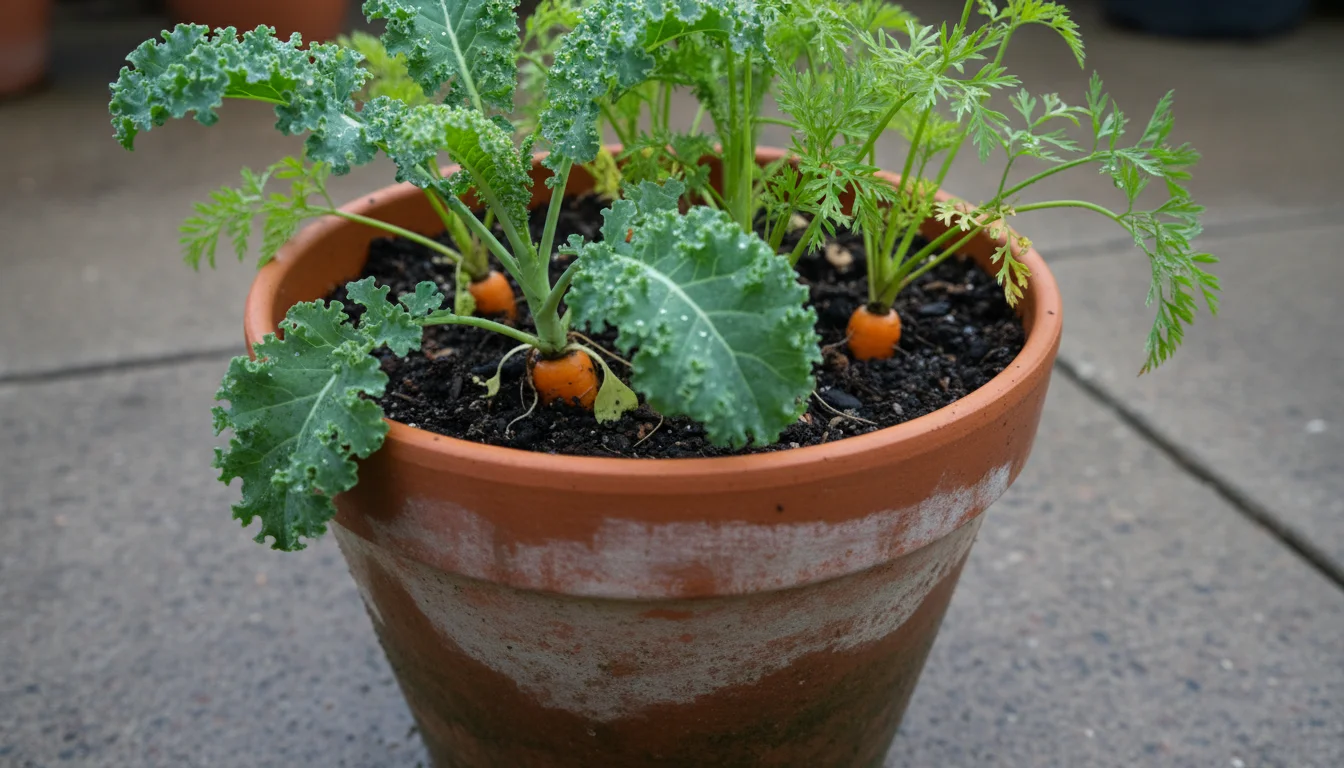
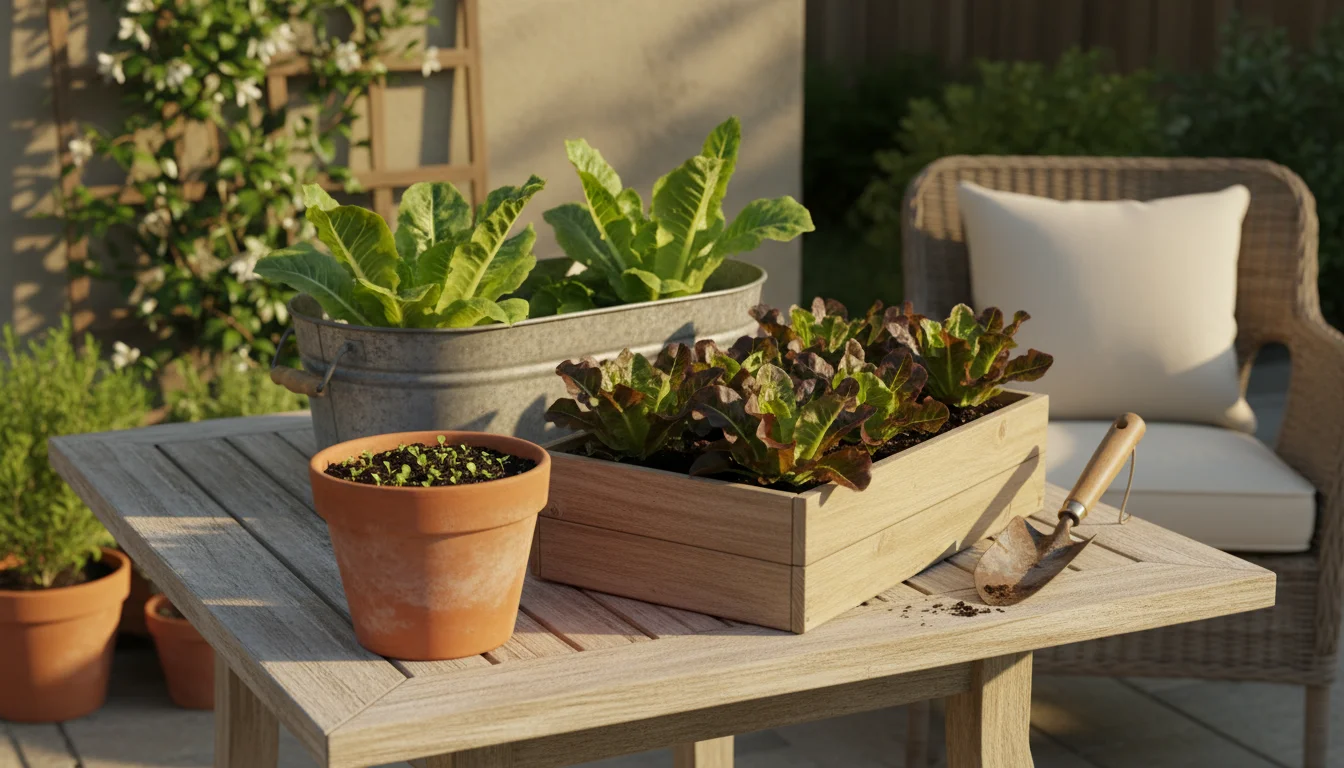
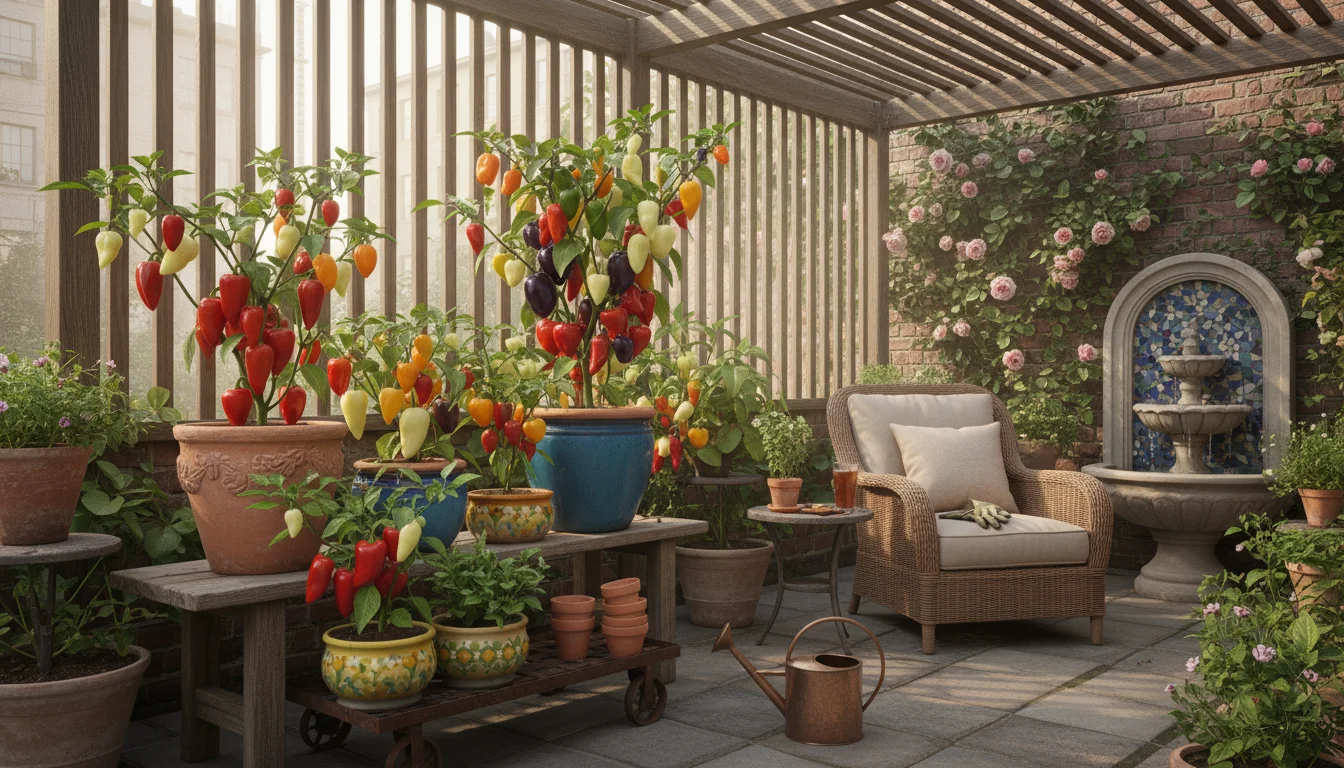
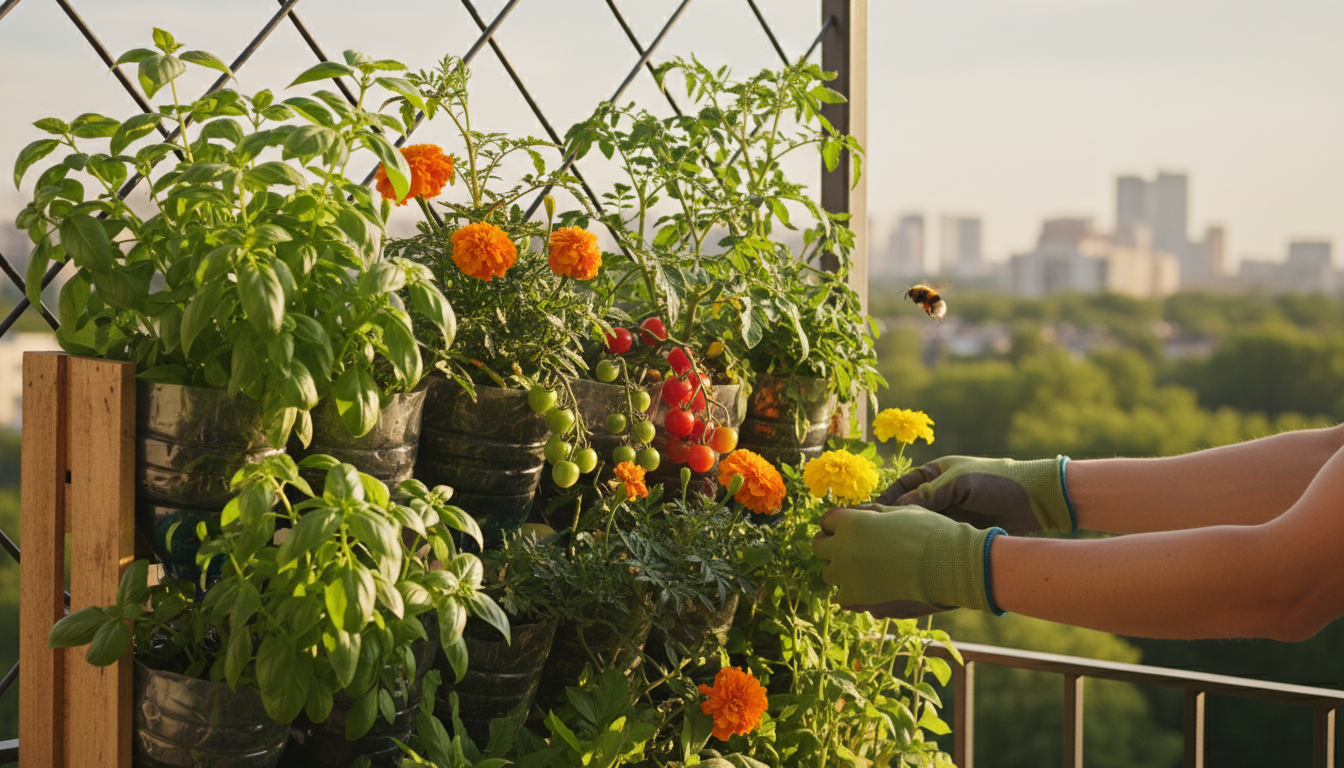
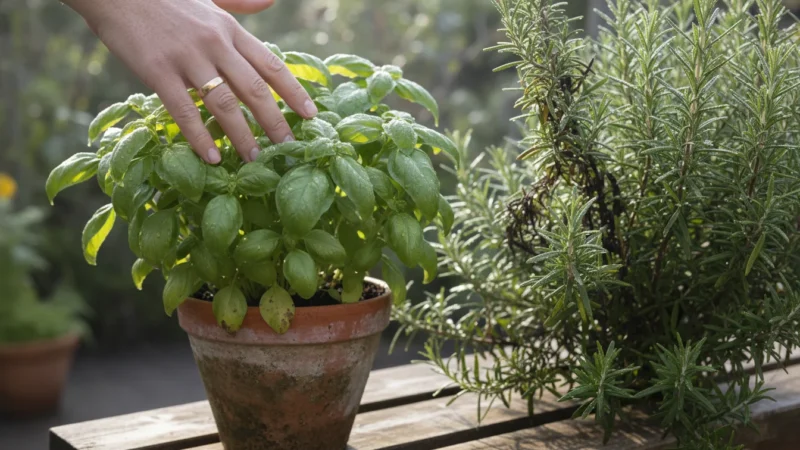
Leave a Reply